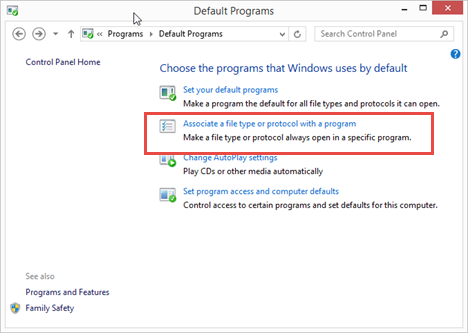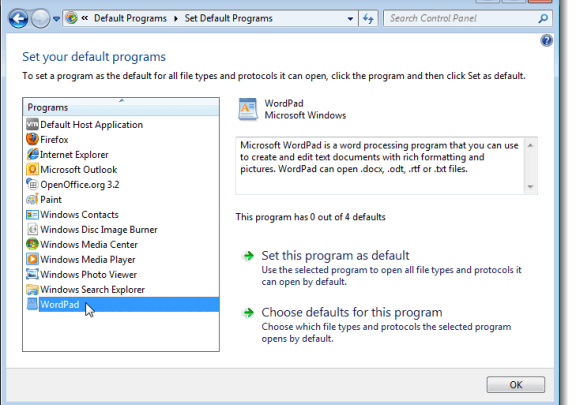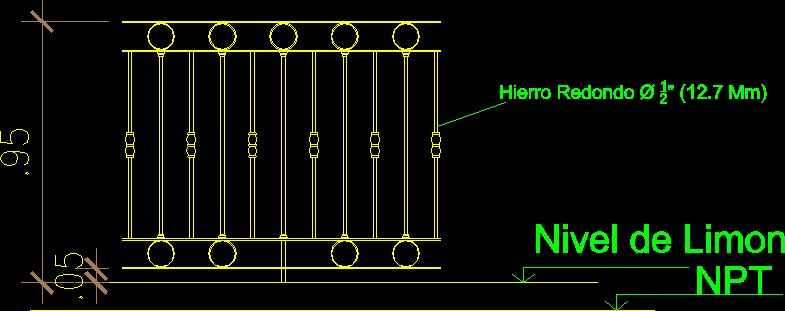

- WINDOWS 7 HOW TO SEARCH FOR SPECIFIC FILE TYPE WINDOWS 10
- WINDOWS 7 HOW TO SEARCH FOR SPECIFIC FILE TYPE WINDOWS
Q: How do I search for files by date in Windows 7? It used to be so easy in XP.Ī: Windows 7’s search works much differently than the one in Windows XP.
Windows XP For Dummies, Second Edition (3). WINDOWS 7 HOW TO SEARCH FOR SPECIFIC FILE TYPE WINDOWS 10
Windows 10 For Dummies Second Edition (2). Upgrading and Fixing PCs For Dummies (4).  Upgrading and Fixing Computers Do-It-Yourself For Dummies (10). Andy Rathbone on How do I open Desktop icons with a single click?. Robert McGuinty on My TV’s DVD player can’t display my CD’s photos!. Andy Rathbone on My TV’s DVD player can’t display my CD’s photos!. Jeffrey Fox on What’s the difference between a System Image and a regular backup in Windows 7?. Andy Rathbone on What’s the difference between a System Image and a regular backup in Windows 7?. How do I right-click on a touch-screen tablet?. What's the difference between a System Recovery disc and Windows 7's System Repair disc?. Why does Windows show my file names in green letters?. What's the difference between a System Image and a regular backup in Windows 7?. How do I make Internet Explorer open in full-screen mode?. Where's the Clipboard Viewer in Windows XP?. On this screen, the registered file types are displayed.įor more information about how to change the file types, files, and folders that are migrated when you specify the MigUser.xml file, see User State Migration Tool (USMT) How-to topics. Open Control Panel, click Control Panel Home, and click Programs.Ĭlick Default Programs, and click Associate a file type or protocol with a program. To find the registered file types on a computer running Windows 7 or Windows 8Ĭlick Start. A good starting point for finding files types to include is to look at the registered file types on the computer. Files may be saved to a single folder or scattered across a drive. Once you have verified which files and file types that the end users work with regularly, you will need to locate them. This can be accomplished with location modify rules.
Upgrading and Fixing Computers Do-It-Yourself For Dummies (10). Andy Rathbone on How do I open Desktop icons with a single click?. Robert McGuinty on My TV’s DVD player can’t display my CD’s photos!. Andy Rathbone on My TV’s DVD player can’t display my CD’s photos!. Jeffrey Fox on What’s the difference between a System Image and a regular backup in Windows 7?. Andy Rathbone on What’s the difference between a System Image and a regular backup in Windows 7?. How do I right-click on a touch-screen tablet?. What's the difference between a System Recovery disc and Windows 7's System Repair disc?. Why does Windows show my file names in green letters?. What's the difference between a System Image and a regular backup in Windows 7?. How do I make Internet Explorer open in full-screen mode?. Where's the Clipboard Viewer in Windows XP?. On this screen, the registered file types are displayed.įor more information about how to change the file types, files, and folders that are migrated when you specify the MigUser.xml file, see User State Migration Tool (USMT) How-to topics. Open Control Panel, click Control Panel Home, and click Programs.Ĭlick Default Programs, and click Associate a file type or protocol with a program. To find the registered file types on a computer running Windows 7 or Windows 8Ĭlick Start. A good starting point for finding files types to include is to look at the registered file types on the computer. Files may be saved to a single folder or scattered across a drive. Once you have verified which files and file types that the end users work with regularly, you will need to locate them. This can be accomplished with location modify rules. 

Identify any data that needs to be redirected to a new location in the apply phase. For example, you might have shared data on source machine or you might wish to clean up documents outside the user profiles on the source system. Decide where files should be migrated to on the destination computer for example, \My Documents, a designated folder, or a folder matching the files' name and location on the source computer. Consider the locations on the computer that should be excluded from the migration (for example, %WINDIR% and Program Files). However, it also uses other file types, such as templates (.dot files), on a less frequent basis.Įxcluded locations. For example, Microsoft Office Word primarily uses. Applications normally use specific file name extensions. You can create this list based on common applications used in your organization. Consider which file types need to be included and excluded from the migration. For non-standard locations, consider the following:įile types. Next, you should determine and locate the non-standard locations. , C:\Data, and company-specified locations, such as \EngineeringDrafts. First, you should determine the standard file locations on each computer, such as My Documents. When planning for your migration, if not using MigDocs.xml, you should identify the file types, files, folders, and settings that you want to migrate.








 0 kommentar(er)
0 kommentar(er)
